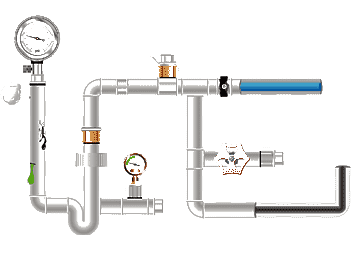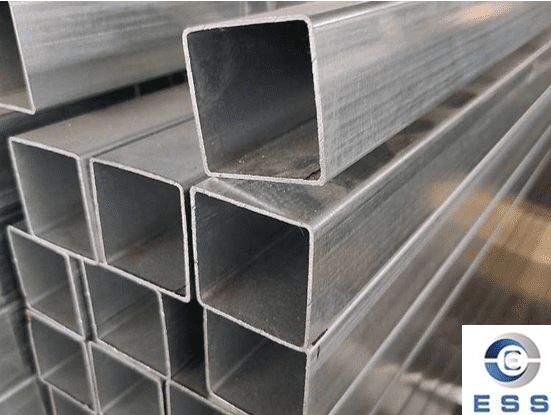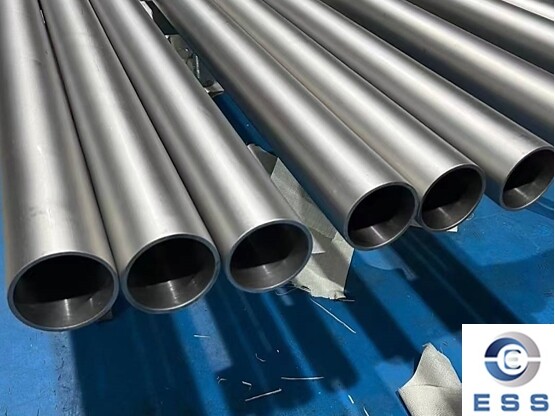Steel is one of the most commonly used
materials in construction engineering, which is no surprise. From its superior
strength to its economy, steel offers numerous benefits to builders and end
users. However, one type of steel stands out among the many – SHS
steel.
SHS Steel Meaning
SHS steel stands for square tube. It is a
hollow tube commonly found in construction projects that require large
quantities of steel. Due to its superior strength and higher corrosion
resistance, SHS steel has a wider range of applications than other types of
steel.
Common standards include:
|
Standard System
|
Common Standards
|
Note
|
|
Europe EN
|
EN
10210 (Hot Forming), EN
10219 (Cold Forming)
|
SHS Steel for Building and Structural Use
|
|
UK BS
|
BS 5950, BS EN 10305
|
Mechanical and Structural Applications
|
|
USA ASTM
|
ASTM A500, A501
|
Square Tubes for Building Structures
|
|
Australia AS
|
AS 1163
|
High-Strength Structural Square Tubes
|
|
China GB
|
GB/T 6728, GB/T 3094
|
Cold-Formed Square Tubes for Steel
Structures
|

Square Tube Materials
Ordinary square tubes are usually made of
steel, but can also be made of aluminum, copper, or other alloys. The choice of
these materials depends primarily on specific application requirements and cost
considerations.
1. Steel Square Tubes
This is the most common type, widely used
due to its high strength and low cost.
Different types of steel can be selected as
needed, such as stainless steel to improve corrosion resistance.
Common Materials: Q235, Q355, S235, S355,
ASTM A500 Grade B/C
Advantages: High strength, low price, easy
to weld
Applications: Building structures,
machinery, transportation facilities
2. Aluminum Alloy Square Tubes
Although aluminum alloy square tubes are
more expensive, they are lighter, more corrosion-resistant, and easier to
process, making them suitable for certain high-end applications.
Common Materials: 6061-T6, 6063-T5
Advantages: Lightweight (approximately 1/3
the weight of steel), corrosion-resistant, good machinability
Applications: Rail transit, aerospace
components, high-end furniture
Main Applications of Square Tubes
1. Building Structures
Square tubes are commonly used to construct
steel structural frames, roof trusses, curtain wall supports, etc.
2. Machinery Manufacturing
As equipment supports, conveyor tracks, or
the skeleton of automated production lines, square tubes can withstand
high-frequency vibrations and loads.
3. Furniture and Decoration
Modern minimalist style tables, chairs, and
display cases often utilize lightweight square tubes.
The surface can be powder-coated to achieve
various colors without requiring additional rust prevention treatment.
4. Transportation Facilities
Subway station railings, highway sign
brackets, etc., all rely on the weather resistance of square tubes, maintaining
stable performance in environments ranging from -40℃ to
120℃.
Benefits of Using SHS Steel
1. High Structural Strength
The geometry
of SHS steel distributes weight evenly across its four sides, giving it
excellent resistance to bending, compression, and torsion.
This makes it an ideal material for
load-bearing structures, bridges, and heavy-duty frames.
Compared to CHS steel (round
tubes) of the same weight, SHS steel generally offers 10–20% higher bending resistance.
2. Aesthetically Pleasing
The neat appearance and smooth lines of
square tubes not only meet structural requirements but also enhance overall
aesthetics.
3. Lightweight and Durable
Compared to solid steel bars, SHS steel is
lighter in weight while maintaining similar strength.
This makes transportation easier,
installation faster, and costs lower without compromising durability.
4. Excellent Weldability and Machinability
Square hollow profiles have a smooth
surface and uniform wall thickness, making them easy to cut, drill, and weld.
Processors can use them for a wide range of
custom designs, from curved building components to precision engineering parts.
5. Economical and Low-Maintenance
Whether galvanized, painted, or untreated,
square hollow profiles require minimal maintenance.
Their durability reduces the need for
frequent repairs or replacements, saving time and money over the structure's
lifespan.
6. Structural Stability
The quadrilateral design of square tubes
provides excellent stability.
Stability is crucial in construction and
building, ensuring that structures maintain their shape and function under
various environmental conditions.
7. Corrosion Resistance
Many square tubes are made of
corrosion-resistant materials such as stainless steel or galvanized steel,
meaning they can be used for extended periods in harsh environments without
damage.
FAQ
1. When to Use SHS Steel?
SHS steel should be used when projects
require structural components with uniform stress distribution, good bending
and torsional resistance, and a regular appearance.
It is commonly used in building
load-bearing frames, columns, trusses, machinery frames, transportation
facilities, and exposed structural designs.
Especially in scenarios requiring both
strength and aesthetics, SHS is the preferred choice.
2. What Does SHS Steel Mean in
Construction?
In construction engineering, SHS steel
refers to Square Hollow Section.
It is a structural steel tube with a square
cross-section, characterized by high strength, good structural stability, and a
regular appearance.
It is commonly used in columns, beams,
bracing, frames, and curtain wall systems of steel structure buildings.
Conclusion
SHS steel, with its high strength,
aesthetics, ease of processing, and durability, is widely used in construction
engineering, machinery manufacturing, transportation facilities, and furniture
decoration. It not only boasts excellent performance but also offers extremely
high cost-effectiveness, making it an indispensable material in modern
engineering structures.
Read more: SHS
Steel vs RHS Steel or SHS Steel Meaning









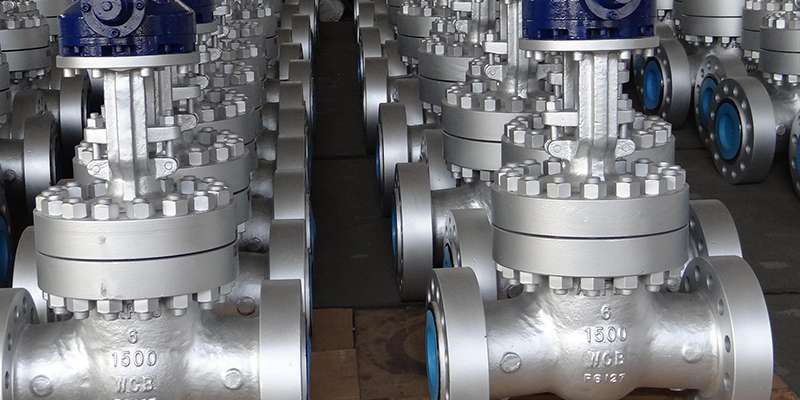



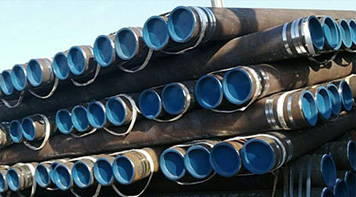 Eastern Steel Manufacturing Co.,Ltd not only improve product production and sales services, but also provide additional value-added services. As long as you need, we can complete your specific needs together.
Eastern Steel Manufacturing Co.,Ltd not only improve product production and sales services, but also provide additional value-added services. As long as you need, we can complete your specific needs together.
